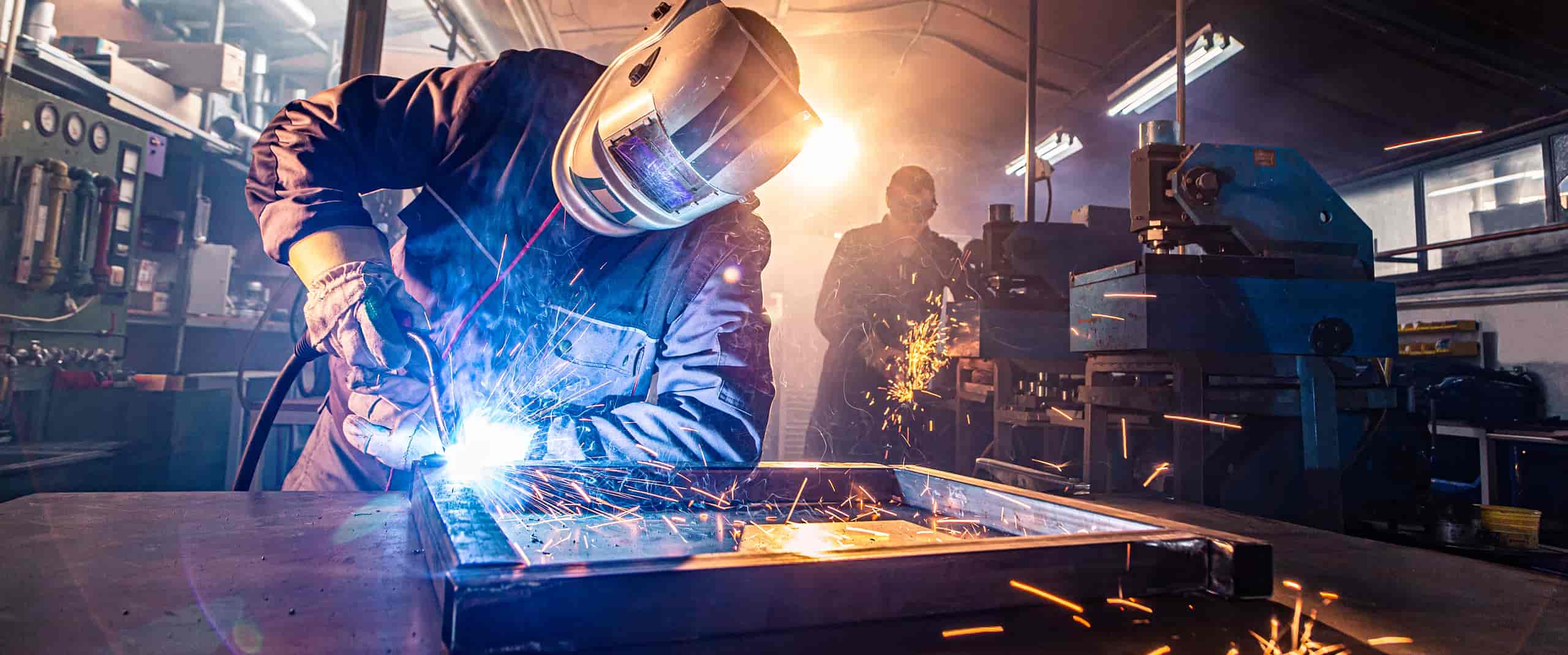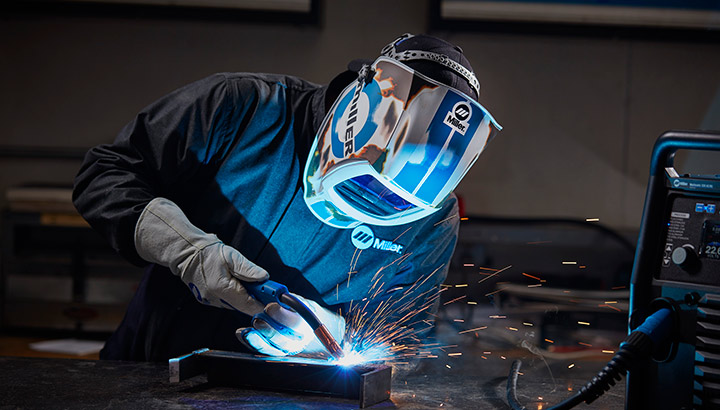Welding WPS for Beginners: Getting Going with Welding Procedure Requirements
Welding WPS for Beginners: Getting Going with Welding Procedure Requirements
Blog Article
The Ultimate Guide to Welding WPS Procedures: An Extensive Summary for Welders
In the elaborate globe of welding, Welding Procedure Specifications (WPS) work as the foundation of guaranteeing high quality, consistency, and security in welding procedures. Recognizing the nuances of producing, implementing, and keeping track of WPS procedures is crucial for welders aiming to raise their craft and fulfill industry standards. As we look into the various components of a WPS and explore the intricacies of certification and certification, we will reveal the important role these treatments play in the world of welding. Let's start a journey to decipher the intricacies and significance of WPS procedures in welding practices.
Value of WPS Procedures
Understanding the significance of Welding Treatment Specs (WPS) procedures is essential for guaranteeing the high quality and stability of bonded frameworks. WPS procedures function as a roadmap for welders, outlining the necessary actions, criteria, and products called for to attain a sound weld. By sticking to WPS guidelines, welders can guarantee consistency in their work, resulting in reliable and structurally audio welds.
One of the primary reasons why WPS treatments are important is their function in preserving weld top quality and honesty. Following the defined welding parameters and strategies outlined in the WPS aids prevent problems such as porosity, breaking, or incomplete combination, which can endanger the strength and durability of the weld.

Elements of a WPS
A Welding Treatment Specification (WPS) commonly comprises important components that information the details requirements for performing a weld, making certain uniformity and quality in the welding procedure. The vital parts of a WPS include necessary variables such as base metals, filler steels, preheat and interpass temperature levels, welding processes, securing gases, welding positions, and post-weld warm treatment needs.
Base metals describe the materials being joined, while filler metals are made use of to fill the space in between the base steels during welding. Preheat and interpass temperatures are vital for regulating the warm input and stopping concerns like breaking or distortion. The welding procedure lays out the details technique to be used, whether it's gas steel arc welding (GMAW), secured steel arc welding (SMAW), or one more technique. Shielding gases protect the weld swimming pool from atmospheric contamination. Welding placements specify the orientations in which welding can be carried out. Post-weld warm treatment might be essential to relieve stresses and boost the weld's residential properties. A detailed understanding of these elements is critical for producing a thorough and efficient WPS.

Certification and Qualification
Having established the important components of a Welding Treatment Specification (WPS), the focus currently changes towards the vital aspects of certification and qualification in welding techniques.

Certification, on the various other hand, is the formal acknowledgment of a welder's credentials by a relevant qualification body or organization. Welding qualifications are typically based on the details welding procedures, products, and placements a welder is qualified to function with. Holding a legitimate welding accreditation demonstrates that a welder fulfills market requirements and is qualified to do welding jobs to the needed specs.
Creating a WPS
To establish a Welding Treatment Spec (WPS) YOURURL.com that fulfills sector criteria, careful factor to consider of welding procedures, products, and operational criteria is vital (welding WPS). The first step in producing a WPS is to identify the welding procedure to be utilized, such as gas steel arc welding (GMAW) or shielded steel arc welding (SMAW) Once the welding process is figured out, the following crucial facet is picking the appropriate products, considering elements like base steel kind, density, and joint design. Functional specifications such as welding current, voltage, travel speed, and protecting gas make-up have to also be meticulously defined in the WPS.

Executing and Keeping Track Of WPS
Upon finalizing the detailed Welding Treatment Requirements (WPS) that meticulously details welding procedures, materials, functional specifications, and quality control procedures, the focus shifts to successfully executing and monitoring the well established treatments. Implementation involves making certain that all welders associated with the job know with the WPS and follow it diligently throughout the welding procedure. This calls for supplying sufficient training and supervision to ensure adherence to the specified treatments. Monitoring the WPS involves continuous oversight to verify that welding activities align with the recorded specs. Evaluations, screening, and top quality control actions are essential parts of the surveillance procedure to recognize any type of concerns or discrepancies promptly. Normal audits and evaluations of the welding procedures aid in maintaining uniformity and high quality throughout the job. Effective implementation and surveillance of the WPS are critical for making sure the stability, strength, and safety of the bonded joints, eventually adding to the total success of the welding job.
Conclusion
To conclude, understanding and following Welding Procedure Specs (WPS) is critical for welders to ensure top quality, uniformity, and safety and security in their job. By knowing the parts of a WPS, acquiring appropriate certifications and certifications, click site creating comprehensive procedures, and carrying out and checking them effectively, welders can boost their skills and effectiveness in welding methods. Following WPS treatments is crucial for generating high-grade welds and meeting market criteria.
In the detailed globe of welding, Welding Treatment Specs (WPS) serve as the foundation of making certain quality, consistency, and security in welding procedures. The welding procedure outlines the particular technique to be used, whether it's gas metal arc welding (GMAW), shielded steel arc welding (SMAW), or another method.To create a Welding Treatment Requirements (WPS) that satisfies sector criteria, careful factor to consider of welding procedures, products, and functional criteria is essential. The initial step in producing a WPS is to identify the welding process to be used, such as gas steel arc welding (GMAW) or secured metal arc welding (SMAW)Upon finalizing the extensive Welding Procedure Requirements (WPS) that thoroughly details welding processes, products, functional parameters, and high quality guarantee measures, the emphasis shifts to efficiently executing and keeping an eye on the well established procedures.
Report this page